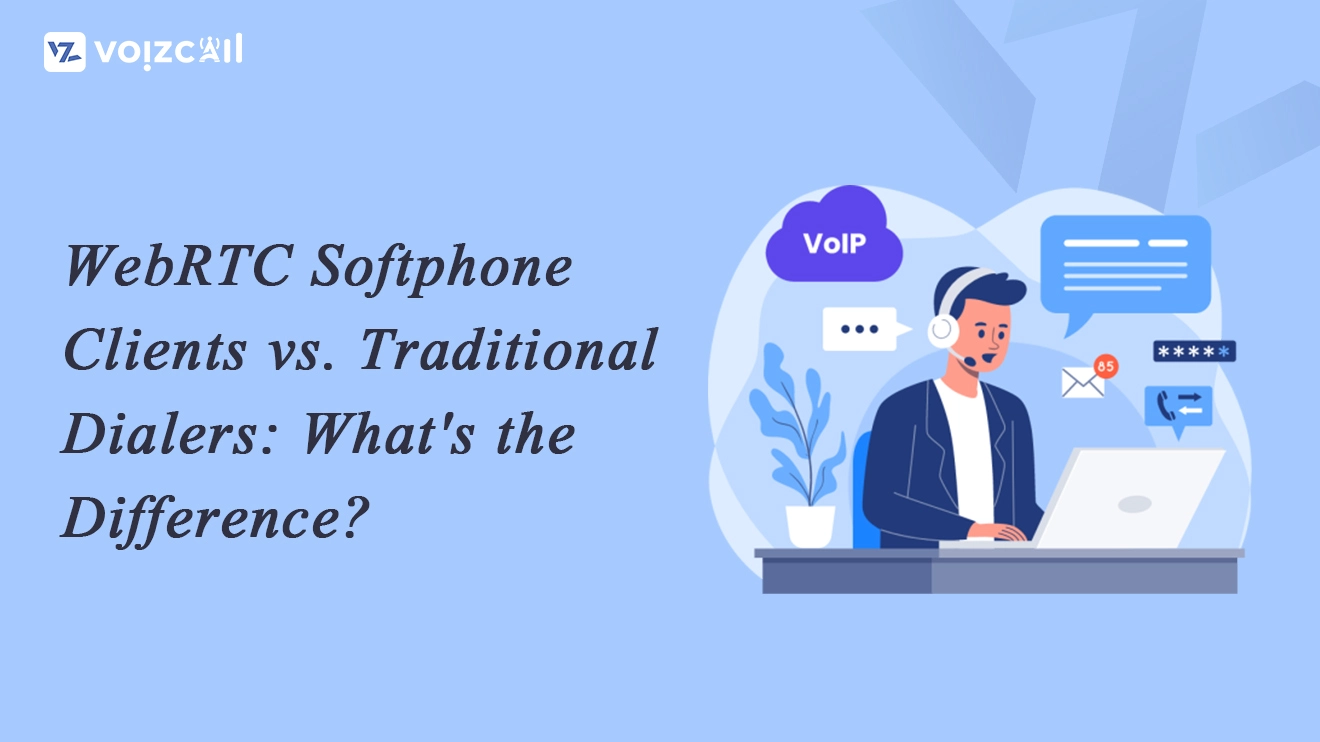


17/Jan/2024
In the ever-evolving landscape of communication technology, the choice between WebRTC softphone clients and traditional dialers can significantly impact the way we connect. Let's delve into the key differences that set these two apart and explore the potential each holds for shaping the future of communication.
WebRTC Softphone Clients: A Glimpse into the Future
WebRTC (Web Real-Time Communication) softphone clients represent the cutting edge of communication technology. Unlike traditional dialers, WebRTC operates within web browsers, enabling real-time voice and video communication without the need for additional plugins or software installations. This not only streamlines the user experience but also enhances accessibility.
One of the standout features of WebRTC softphone clients is their ability to facilitate peer-to-peer communication directly through browsers. This decentralized approach reduces latency, making conversations more fluid and responsive. Additionally, WebRTC is renowned for its versatility, supporting various platforms and devices seamlessly.
Traditional Dialers: A Tried-and-True Method
Traditional dialers, on the other hand, have been the stalwart of telecommunication for decades. Operated through Public Switched Telephone Networks (PSTN), these dialers utilize circuit-switched networks for voice communication. While reliable, they come with certain limitations in terms of flexibility and user-friendly interfaces.
Traditional dialers often require dedicated hardware and can be costlier to maintain. They may lack the adaptability and accessibility that modern users demand in an era dominated by digitalization.
Choosing the Right Path Forward
The decision between WebRTC softphone clients and traditional dialers ultimately depends on specific needs and preferences. Businesses leaning towards innovation and a seamless user experience may find WebRTC softphone clients more appealing. In contrast, those with existing infrastructure and a preference for tried-and-true methods might stick with traditional dialers.
As we navigate the crossroads of communication technology, understanding the differences between WebRTC softphone clients and traditional dialers empowers us to make informed decisions. The future of communication is undeniably dynamic, offering exciting possibilities for enhanced connectivity and user-centric interfaces.